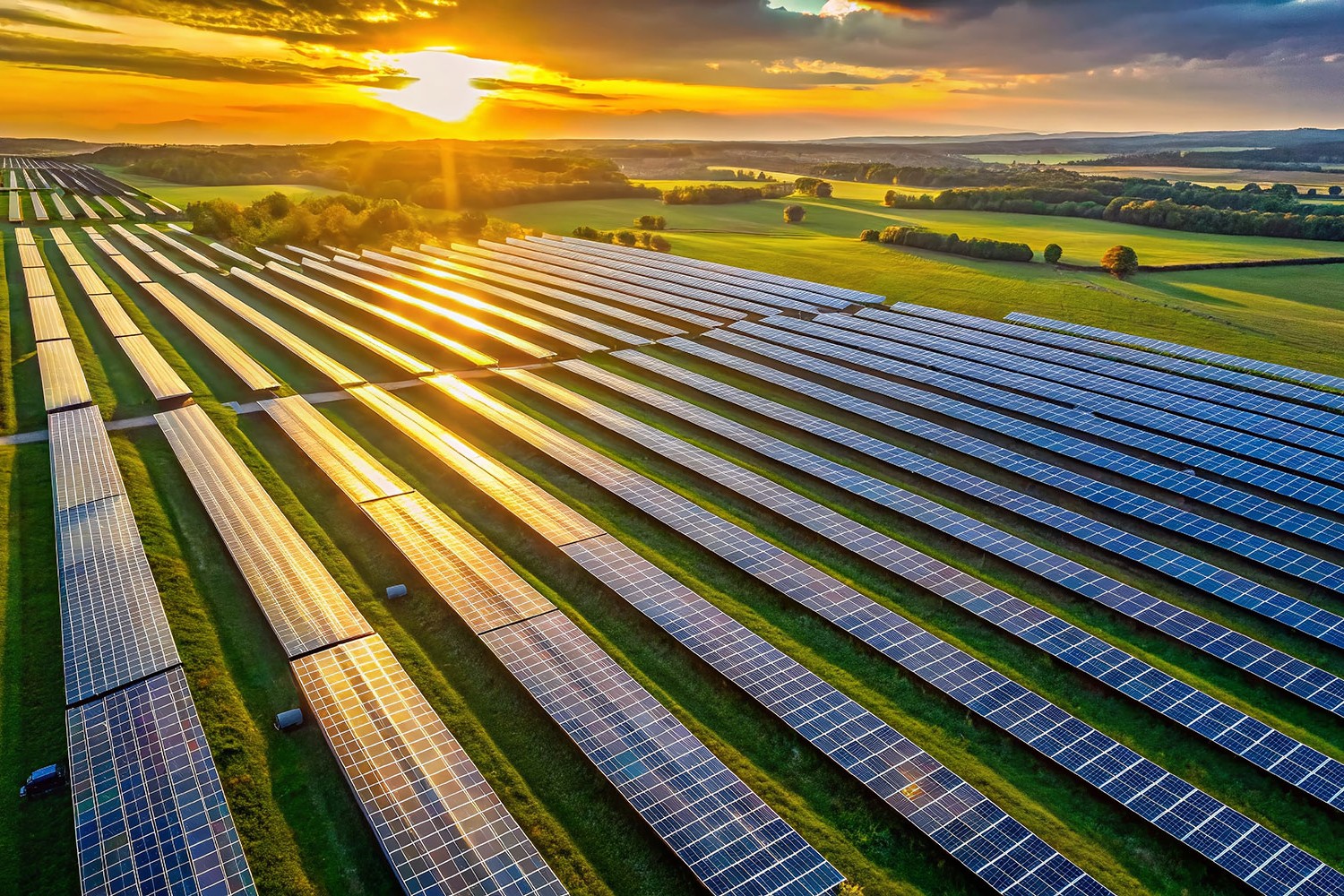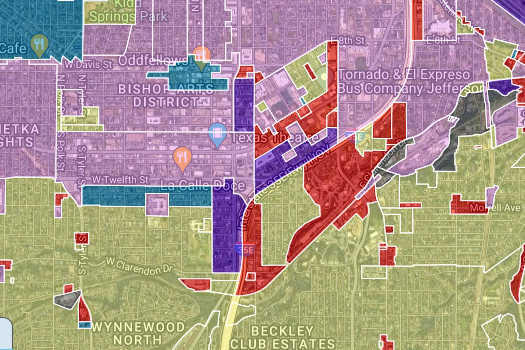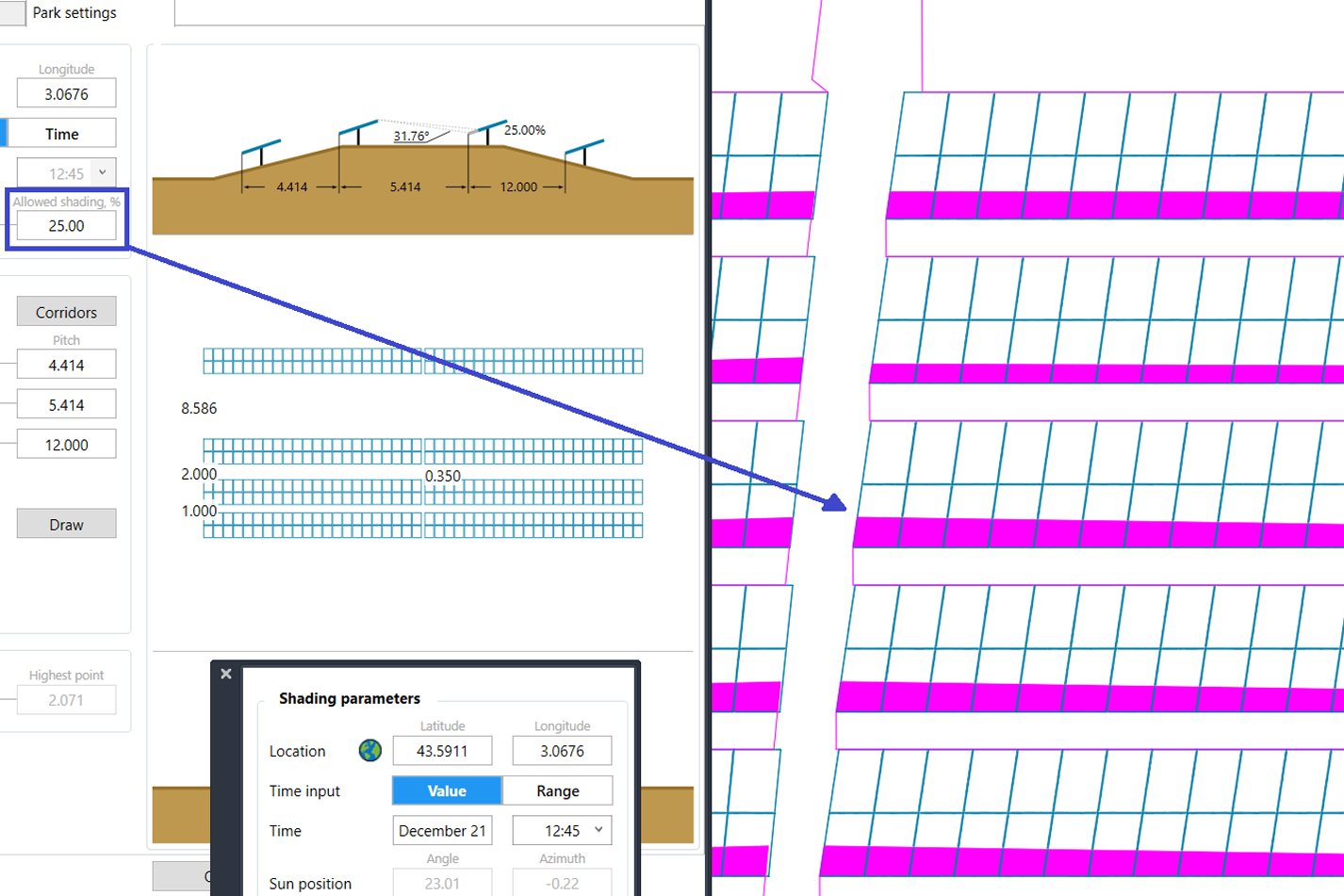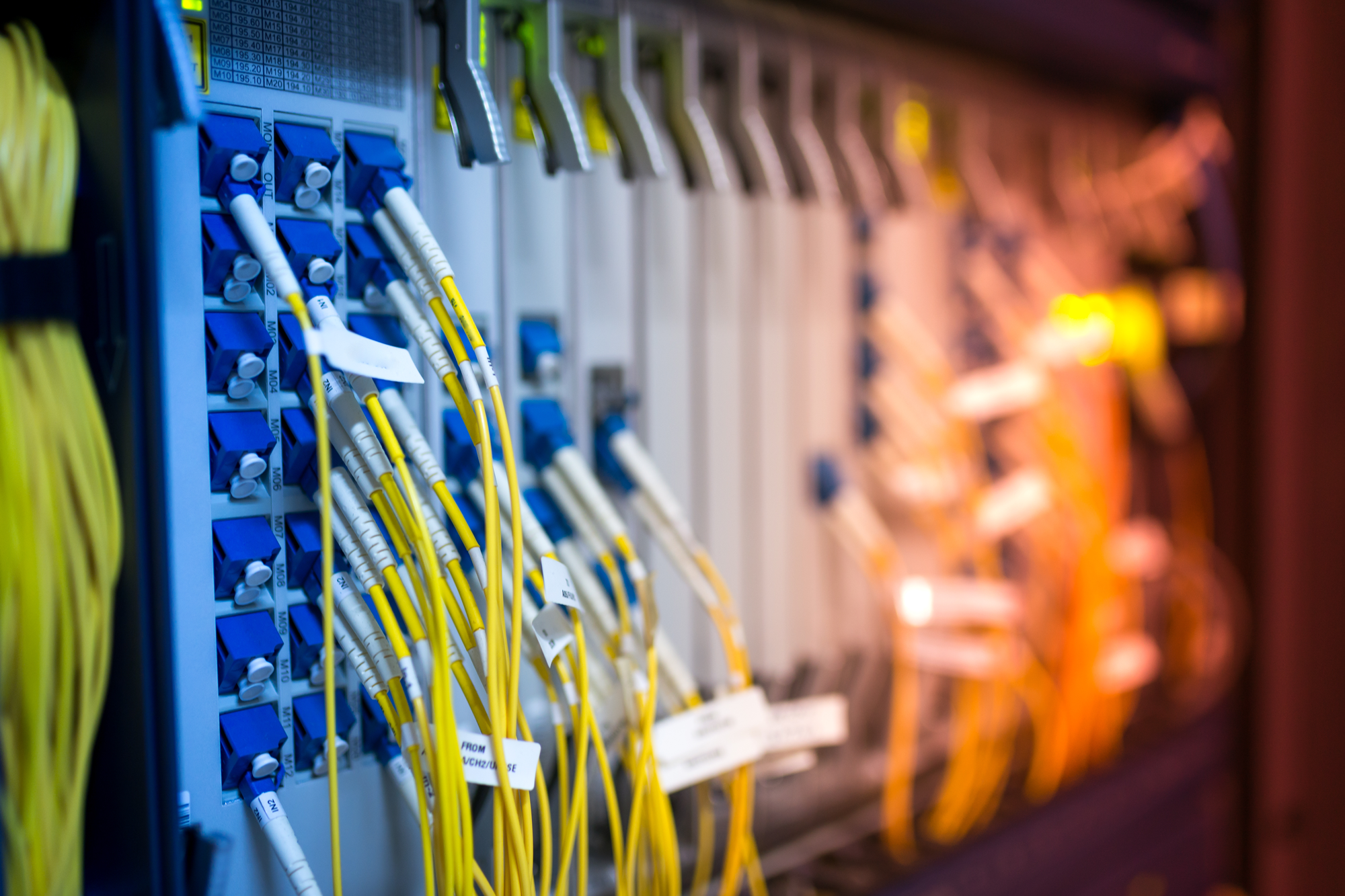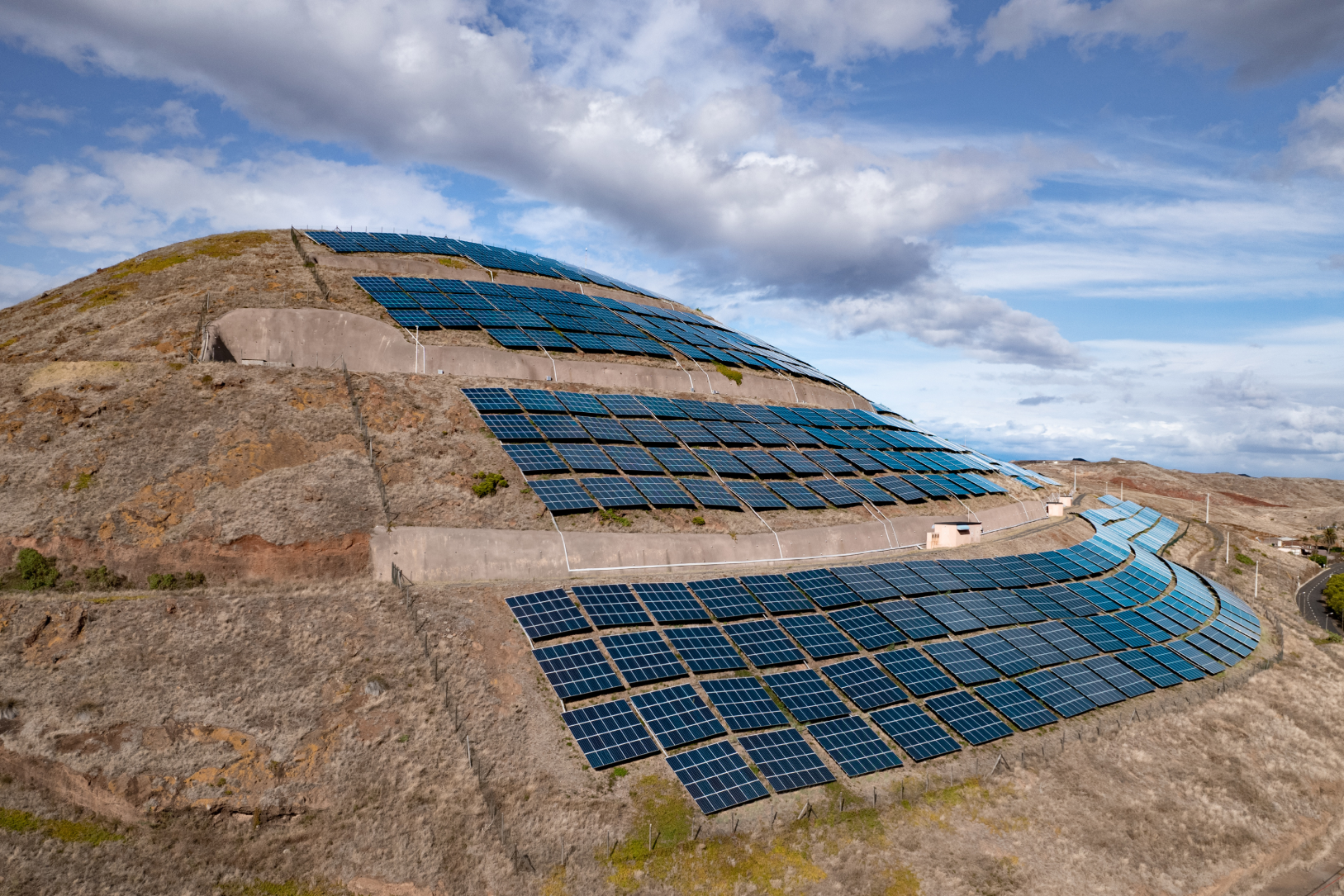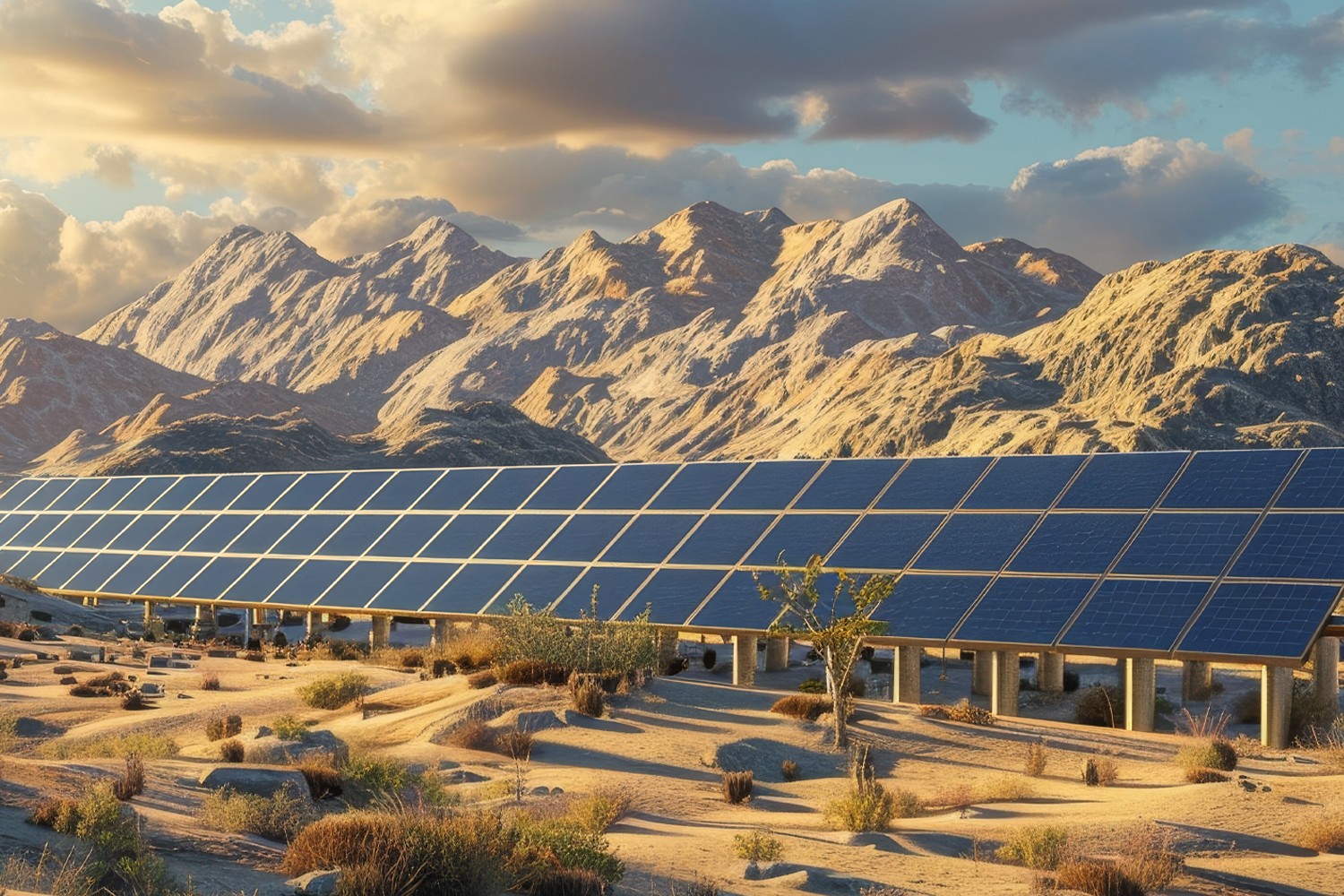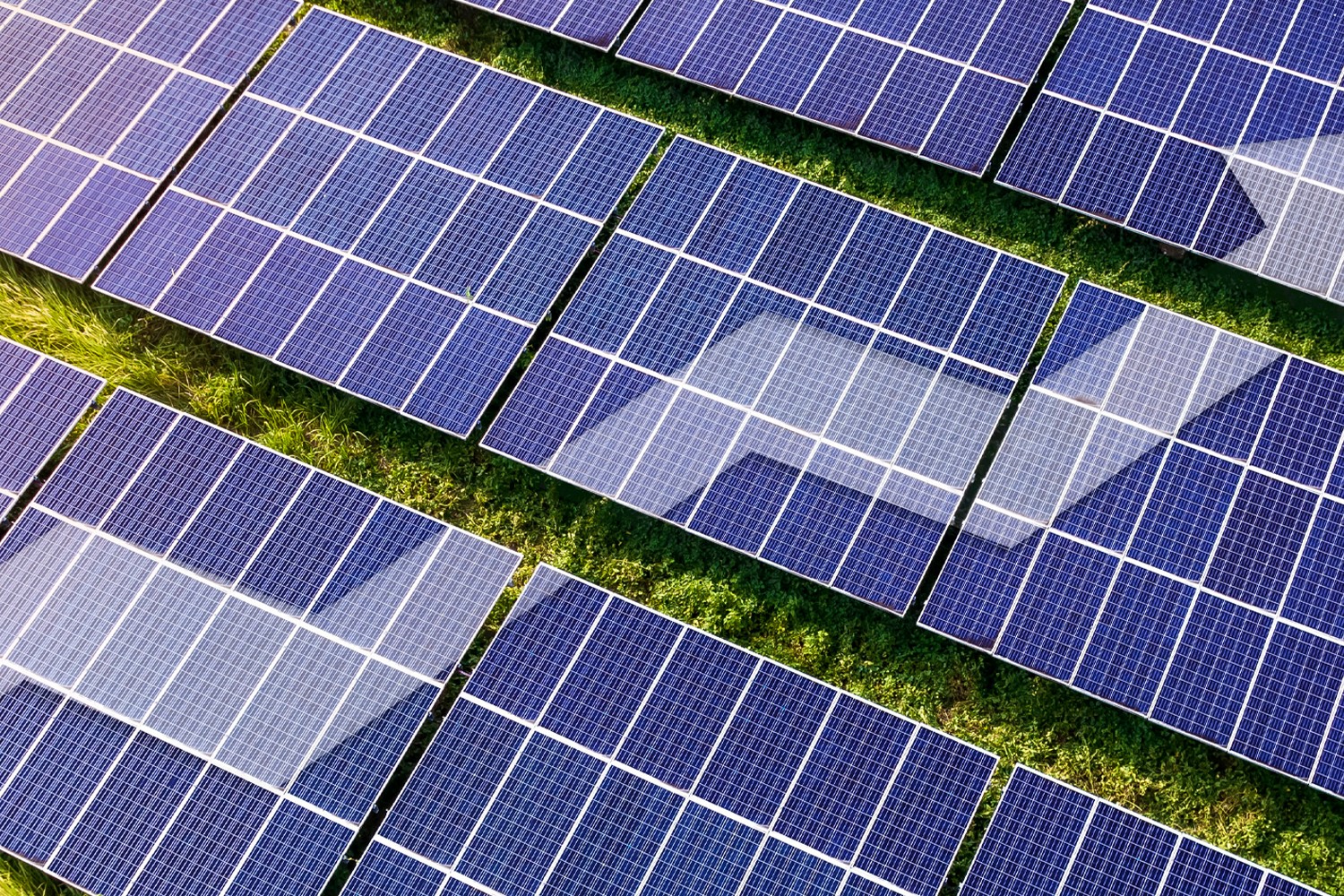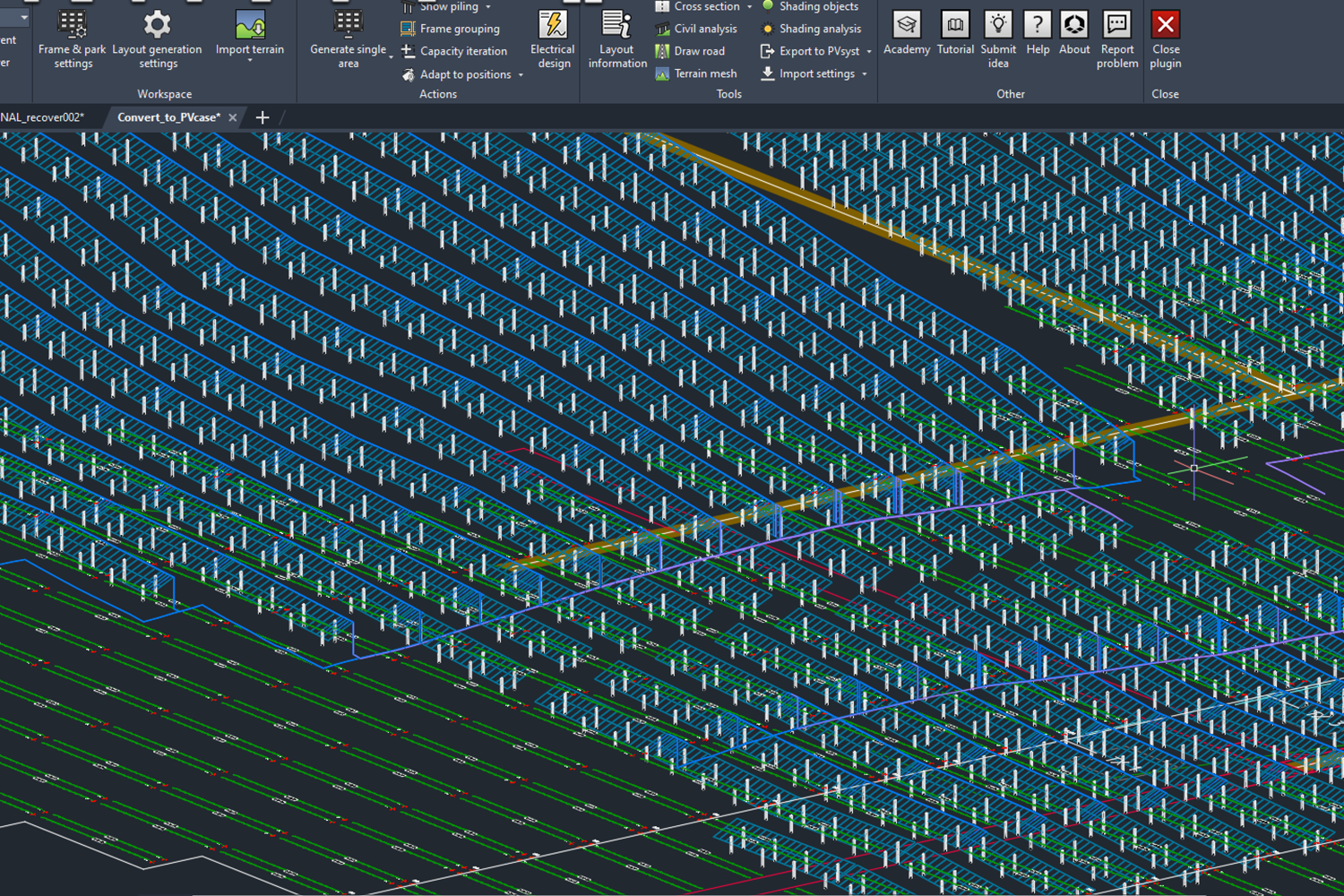2023 will bring some big and exciting changes into the already-thriving solar energy landscape. Keeping in mind that in 2022 this industry was one of the fastest-growing segments within the energy space, we are more than thrilled about 2023. So let’s see a few key near-future predictions for the solar market.
The solar industry will definitely grow
While 2022’s supply chain issues, inflation, trade policy uncertainty, and increased interest rates are likely to carry over into 2023, the growing demand and the incentives coming from the IRA, the EU Renewable Energy Directive, and other powerful legislations will maintain constant growth. Competitive costs, robust demand, and beneficial policies will likely be strong industry drivers this year.
Due to the continual rise of fossil fuel costs, wind and solar will be the most sustainable and cheapest energy sources in 2023. The IRA will also provide a substantial acceleration to solar growth — as per Deloitte’s report, the legislation will help the US to gain 525 to 525 GW of new utility-scale clean power by 2030.
As more companies transition to clean energy, great demand for solar energy comes from the corporate world. By now, more than 380 businesses have shifted to 100% clean electricity by joining the RE100 initiative. Due to rising electricity prices, the demand for residential solar will likely grow in 2023.
Solar profits are likely to rise
Solar companies’ earnings before interest, taxes, depreciation, and amortization (EBITDA) are likely to rise from 2022’s 16% to 18-30%. One of the reasons for it is the potential stabilization of polysilicon prices due to new supply sources. Easing shipping supports and supply constraints and supporting legislative initiatives such as the IRA or REPowerEU will also make the solar industry more profitable.
Moreover, new technologies such as PVcase’s newly developed Yield tool and digital twin capabilities will make yield predictions more accurate and will minimimize the potential profit losses experienced due to inaccurate calculations.
Rising manufacturing levels will alleviate supply chains
While the domestic manufacturing sector still can’t satisfy the US demand for renewable energy components, the IRA incentives will likely spur new domestic industry establishments to alleviate the supply-chain burden. The IRA promises tax credits for domestic production and its usage. 28 billion dollars worth of new renewables manufacturing investment has already been announced in the US. However, it will likely take 2 to 3 years for domestic manufacturing levels to ease the supply-chain challenges even more significantly.
The solar industry will likely face increasing cybersecurity risks
As the renewable industry rapidly expands, it will inevitably become a target for cybercriminals. The fact that many renewable operations rely on digital software often outsourced or manufactured by third parties exacerbates the risks even more. The renewable industry can also be an attractive target for cybercriminals due to its sensitive nature and the possibility of incurring substantial damage.
The energy industry has long been a sensitive spot. The utility sector saw around a 46% increase in cyber crimes in the US back in 2021. Three European wind energy companies experienced cyberattacks last year, one of them disabling remote control systems for almost 8000 wind turbines.
The attacks are likely to increase in 2023. They could be ransomware attempts to gain financial payment, nation-state attacks targeting countries’ critical infrastructures, or get sparked by other motives. For example, the recent attacks targeted the least protected parts of supply chains by distributing malware or phishing emails.
However, the industry is self-aware of the potential threat — many major renewable companies are expected to increase the number of cybersecurity specialists to mitigate the risks. But not all renewable entities adhere to the newest cybersecurity standards, and it will take time to implement the essential security measures. This creates a dangerous transitional period that hackers can exploit, which can also be extended due to the shortage of cybersecurity experts specialising in the area.
Renewable energy will help low-income communities
While renewable energy (e.g., rooftop solar) has been a subject for middle-class households primarily due to high costs, low-income communities will also likely benefit from the renewable energy sector shortly. For example, a California project provides low-income residents with free or almost free rooftop PV systems. New environmental justice provisions will also introduce incentive possibilities for developers to expand into less affluent communities.
Close to 45% of households in the United States are defined as low-income, so renewable energy could significantly improve life quality and reduce the energy burden for millions of people. This would undoubtedly bring ecological benefits. Moreover, the renewable energy industry creates many new job vacancies, which can reduce unemployment all across the globe. Find more info about the new solar employment possibilities in our other recent blog post.
Conclusion
2023 growth will naturally bring new challenges that will require innovative decisions and additional workforce. While it can create temporary disruptions, we are optimistic that it won’t significantly impact the overall development. With all the new legislation initiatives like the IRA, the solar sector is strong and going and there are no clear indications this will change soon.
You might also be interested in:
March 26, 2025
PVcase Yield product guide: revolutionize solar energy modeling with advanced technology
Download PVcase Yield product guide and discover how PVcase Yield is transforming solar energy modeling with its advanced digital twin technology and physics-based simulations.…
March 25, 2025
The impact of Zoning Data on strategic site selection
Zoning Data encompasses the information used by local governments to classify land use. Learn how this new addition to PVcase Prospect enables solar developers to choose a project…
March 24, 2025
PVcase’s spring product updates: what’s new
PVcase and HeatSpring offer a new training bundle on utility-scale solar engineering for solar designers and engineers.
March 5, 2025
Why fiber data is non-negotiable for data center site selection
Discover why integrating fiber data into your data center site selection process is crucial for reducing costs, accelerating deployment, and improving network resilience.
February 20, 2025
PVcase Ground Mount wins G2 2025 Best CAD & PLM Software award
PVcase and HeatSpring offer a new training bundle on utility-scale solar engineering for solar designers and engineers.
February 18, 2025
PVcase partners with HeatSpring for advanced utility-scale solar training
PVcase and HeatSpring offer a new training bundle on utility-scale solar engineering for solar designers and engineers.
February 3, 2025
Solving ground mount solar design challenges. A guide by engineers, for engineers
Download our e-book for expert insights and actionable solutions to the common pain points you encounter in your day-to-day work, and start taking back your development time.
January 15, 2025
Award-worthy solar software: PVcase’s impact in 2024
Explore how PVcase's award-winning product suite is combating climate change through innovative software and what achievements were recognized the most.
January 14, 2025
Top 10 questions asked during the PVcase Digital SmartUp’24 — answered
Customers ask, we answer — read the article to find answers to the top 10 most asked questions at the exclusive PVcase Digital SmartUp'24 event.
January 10, 2025
Developing solar projects on challenging land
Solar developers face fierce competition, congested grids, and a shrinking pool of ideal sites. What's the solution? Read and and learn how to develop on challenging land instead.
December 12, 2024
Why Locational Marginal Pricing (LMP) data is essential for solar development?
Locational Marginal Pricing (LMP) data helps solar developers forecast profitability, minimize financial risk, and optimize site selection. Let’s break down what LMP data is, its…
December 11, 2024
PVcase product updates — November highlights
With PVcase November updates, you can achieve faster, more accurate results today — no need to make them your New Year’s resolutions. Dive into the major updates from the PVcase…
December 9, 2024
The importance of quality GIS data for solar site selection
Discover the impact of high-quality GIS data on solar site selection. Learn how parcel data, grid capacity, and LMP data optimize solar project development, reduce risks, and…
December 2, 2024
Consequences of extreme weather events: can we still afford it?
Floods, hurricanes, wildfires — whether we want them or not, extreme weather events have become the new normal. This year alone, there have been 24 billion-dollar weather…
November 14, 2024
Fail fast, succeed faster: the developer’s guide to streamlining solar projects with early-stage development software
Discover how solar developers thrive by adopting the 'fail fast, succeed faster' approach. Explore the role of early-stage development software, such as PVcase Prospect, in…


